7 Ways to Reduce the Risk of Diabetes
September 17, 2019 Tips
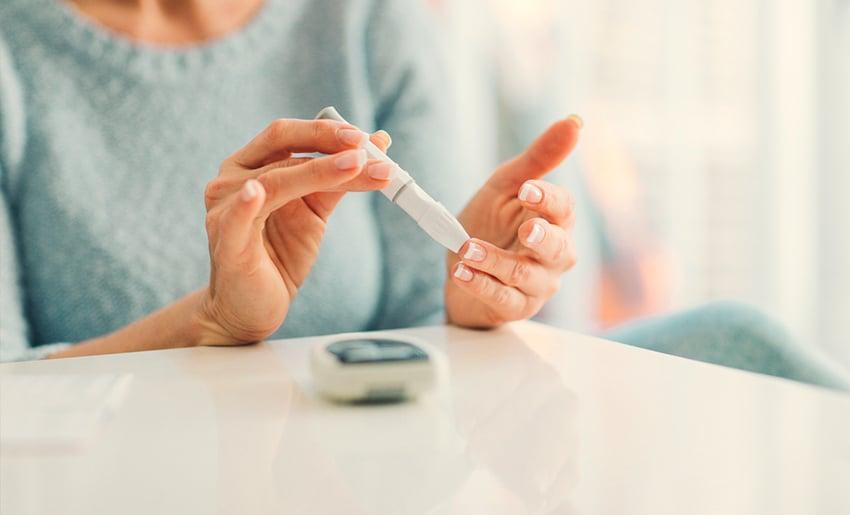
Diabetes is one of the most common diseases that can affect aging populations. There are many factors that can exacerbate the chances of getting diabetes, including lifestyle, weight, diet and genetic history. If diabetes runs in the family, there is a higher likelihood that you will have it. While not curable, there are ways to prevent diabetes. A few simple changes early on can make the difference in prevention, so it is important to start incorporating these into your life now and making it a habit. Preventing diabetes basically boils down to making smart food choices and increasing your activity.
1. Start getting active
 Your activity level can be a major factor in whether you prevent diabetes. Even a few extra pounds can put you at risk for it. However, even if you are not clinically overweight, keeping fit and being active can make a big difference.
Exercise can help boost your metabolism and generally keeps your body in a more active and better state. By adding a little bit of exercise, whether it’s walking a bit more than you do or going to the gym, you can start to make a difference in your risk of diabetes.
Your activity level can be a major factor in whether you prevent diabetes. Even a few extra pounds can put you at risk for it. However, even if you are not clinically overweight, keeping fit and being active can make a big difference.
Exercise can help boost your metabolism and generally keeps your body in a more active and better state. By adding a little bit of exercise, whether it’s walking a bit more than you do or going to the gym, you can start to make a difference in your risk of diabetes.
2. Increase your fiber uptake
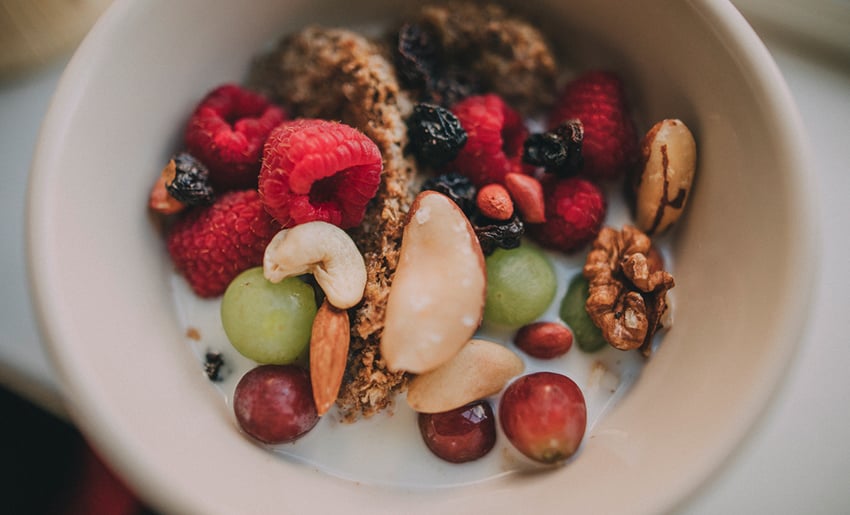 Fiber can also be a major factor in diabetes prevention. Fiber is important in prevention because it can improve your blood sugar control. It also lowers your risk of heart disease, thereby reducing the risk of comorbidities. It can also help with weight loss as it can make you feel more full and therefore help you with portion control.
Foods that are high in fiber can range from fruits to vegetables as well as beans, whole grains, and nuts. You can start incorporating some of these such as nuts, to promote healthy snacking in your everyday diet while also preventing diabetes
Fiber can also be a major factor in diabetes prevention. Fiber is important in prevention because it can improve your blood sugar control. It also lowers your risk of heart disease, thereby reducing the risk of comorbidities. It can also help with weight loss as it can make you feel more full and therefore help you with portion control.
Foods that are high in fiber can range from fruits to vegetables as well as beans, whole grains, and nuts. You can start incorporating some of these such as nuts, to promote healthy snacking in your everyday diet while also preventing diabetes
3. Don’t indulge in fad diets
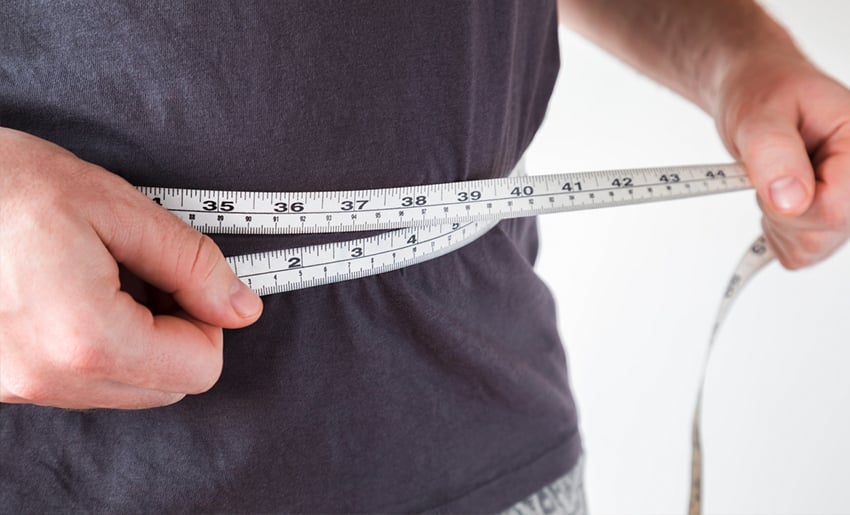 While it might seem tempting to indulge in fad diets, resist the urge. These diets end up doing more harm than good. Fad diets are notorious for creating a metabolic mess and often end up in yo-yo weight loss. Sometimes weight sheds easily, but then it comes back and it can become an endless circle.
Their benefits have not been measured and researched in any systematic way to definitively say that they can prevent diabetes. Instead of dieting, think about ways you can change your diet in small steps to help you make healthier decisions.
While it might seem tempting to indulge in fad diets, resist the urge. These diets end up doing more harm than good. Fad diets are notorious for creating a metabolic mess and often end up in yo-yo weight loss. Sometimes weight sheds easily, but then it comes back and it can become an endless circle.
Their benefits have not been measured and researched in any systematic way to definitively say that they can prevent diabetes. Instead of dieting, think about ways you can change your diet in small steps to help you make healthier decisions.
4. Avoid sugar
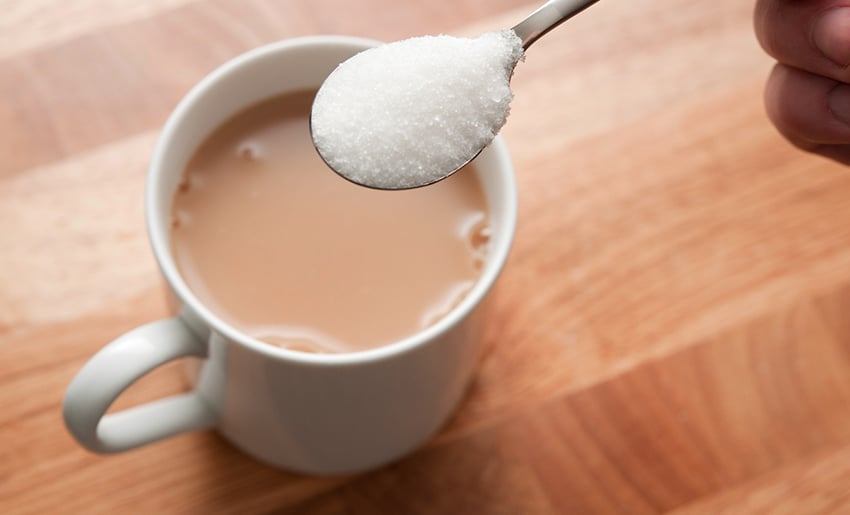 This one goes without saying, but sugar is one of the biggest causes of diabetes. While it is okay to indulge in a dessert every so often, too much sugar leads to a large array of consequences. While avoiding processed sugar might seem difficult, it becomes easier to quit if you stay persistent. If you cannot live without dessert, this might be the time to explore alternative options. There are many plant-based sugar alternatives such as agave and coconut sugar that could be worth trying. Or even small steps, like replacing sugar in your tea with honey can help start the process of weaning off.
This one goes without saying, but sugar is one of the biggest causes of diabetes. While it is okay to indulge in a dessert every so often, too much sugar leads to a large array of consequences. While avoiding processed sugar might seem difficult, it becomes easier to quit if you stay persistent. If you cannot live without dessert, this might be the time to explore alternative options. There are many plant-based sugar alternatives such as agave and coconut sugar that could be worth trying. Or even small steps, like replacing sugar in your tea with honey can help start the process of weaning off.
5. Drink more water
 Water can help in many ways to prevent diabetes. Not only is this is a better alternative to sugary drinks, but staying hydrated is very important to reduce health risks. This is especially so if you are trying to become more active and/or want to lose weight.
By avoiding sugary drinks and replacing them with water, you have effectively made leaps and bounds in terms of reducing the risk to diabetes. Plus, there is growing research to show that increased water uptake can lead to better blood sugar control and insulin response.
Water can help in many ways to prevent diabetes. Not only is this is a better alternative to sugary drinks, but staying hydrated is very important to reduce health risks. This is especially so if you are trying to become more active and/or want to lose weight.
By avoiding sugary drinks and replacing them with water, you have effectively made leaps and bounds in terms of reducing the risk to diabetes. Plus, there is growing research to show that increased water uptake can lead to better blood sugar control and insulin response.
6. Cut down on carbs
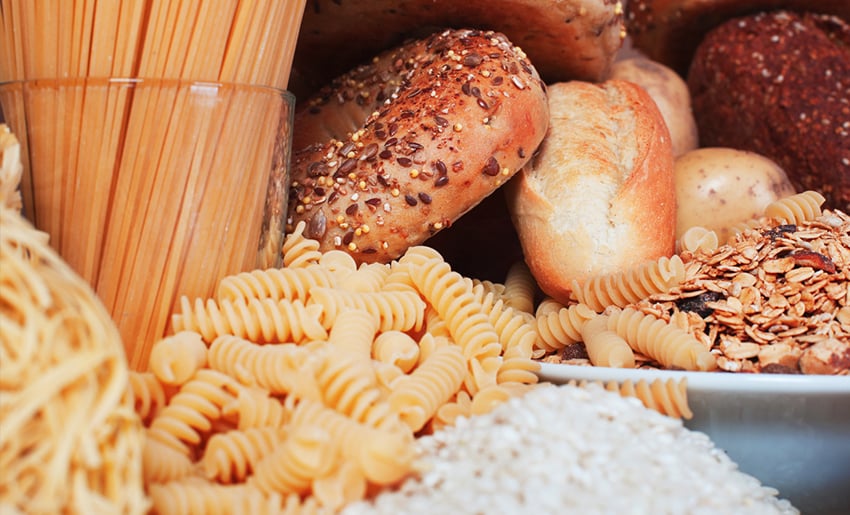 While carbs are delicious, they are not really all that good for you, unfortunately. Studies have consistently shown that a high carb intake are linked to higher blood sugar and insulin levels. They also increase other diabetes risk factors. Minimizing carb intake can lead to more stable blood sugar levels and help in preventing diabetes.
Instead of eliminating carbs altogether though, why not try to reduce them slowly? Keeping a food diary can be beneficial in this case since it can help you identify how often you eat carbs and where there is potential to reduce.
While carbs are delicious, they are not really all that good for you, unfortunately. Studies have consistently shown that a high carb intake are linked to higher blood sugar and insulin levels. They also increase other diabetes risk factors. Minimizing carb intake can lead to more stable blood sugar levels and help in preventing diabetes.
Instead of eliminating carbs altogether though, why not try to reduce them slowly? Keeping a food diary can be beneficial in this case since it can help you identify how often you eat carbs and where there is potential to reduce.
7. Monitor your portions
 Ultimately, the best thing you can do for your diet is moderation. Instead of eliminating food groups altogether, it is about being more in control of portions and eating the right amount. For example, rather than stop eating chocolate altogether, having a smaller portion will help reduce the craving without risking diabetes.
By keeping a food diary, you can monitor your portions while also making notes of which food groups you tend to gravitate too. But reducing portion size is the first step you can take towards leading a healthier lifestyle. And once you start getting used to smaller portions, you might find that you start to crave these foods less and less.
These are just some ways to prevent diabetes. Most prevention comes down to diet and exercise, so it is important to start thinking of ways to incorporate these choices into your daily lifestyle. If you can start to make these changes now, even small steps will help. Think about ways that you can incorporate exercise into your daily routine as a start. As the next step, you can start to think about food and keep a food diary to monitor what you're eating so that you can eat more healthily on a daily basis.
Ultimately, the best thing you can do for your diet is moderation. Instead of eliminating food groups altogether, it is about being more in control of portions and eating the right amount. For example, rather than stop eating chocolate altogether, having a smaller portion will help reduce the craving without risking diabetes.
By keeping a food diary, you can monitor your portions while also making notes of which food groups you tend to gravitate too. But reducing portion size is the first step you can take towards leading a healthier lifestyle. And once you start getting used to smaller portions, you might find that you start to crave these foods less and less.
These are just some ways to prevent diabetes. Most prevention comes down to diet and exercise, so it is important to start thinking of ways to incorporate these choices into your daily lifestyle. If you can start to make these changes now, even small steps will help. Think about ways that you can incorporate exercise into your daily routine as a start. As the next step, you can start to think about food and keep a food diary to monitor what you're eating so that you can eat more healthily on a daily basis.






